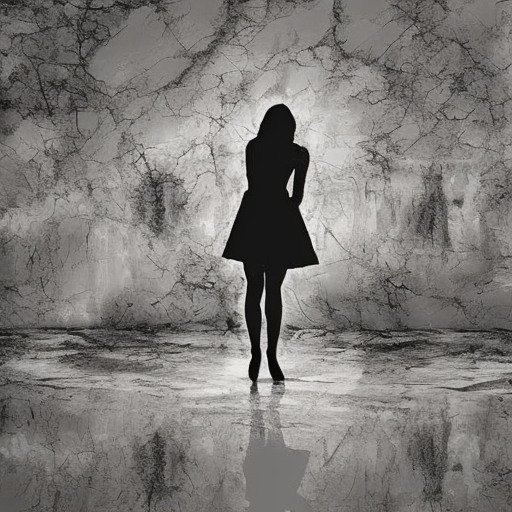Vivre Sa Vie by Jean-Luc Godard
Summary: Vivre Sa Vie, directed by Jean-Luc Godard, is a poignant exploration of a woman’s descent into prostitution and the existential crisis she faces in 1960s Paris.
Cast and Crew:
- Director: Jean-Luc Godard
- Writer: Jean-Luc Godard
- Key Actors: Anna Karina as Nana Kleinfrankenheim, Sady Rebbot as Raoul, André S. Labarthe as Paul, Guylaine Schlumberger as Yvette, Gérard Hoffman as Luigi
- Music Director: Michel Legrand
- Director of Photography: Raoul Coutard
- Producers: Pierre Braunberger, Claude Makovski
Plot:
Vivre Sa Vie follows the life of Nana Kleinfrankenheim, a young woman who dreams of becoming an actress but finds herself trapped in a cycle of despair. As the film progresses, Nana’s financial struggles and failed relationships push her towards a life of prostitution.
Nana’s journey begins with her separation from her husband, Paul, and her subsequent move to Paris. She attempts to find work as an actress but faces constant rejection. Desperate for money, Nana turns to prostitution, which initially provides her with a sense of freedom and control. However, as she becomes more entangled in the world of prostitution, Nana’s life spirals out of control.
Throughout the film, Godard presents Nana’s story in twelve distinct tableaux, each capturing a different aspect of her life. These tableaux not only serve as a narrative device but also highlight the film’s fragmented structure and existential themes. Nana’s encounters with various clients and her interactions with Raoul, a young man who becomes infatuated with her, further emphasize her isolation and the dehumanizing nature of her profession.
Themes and Motifs:
Vivre Sa Vie delves into several central themes, including existentialism, alienation, and the objectification of women. Godard’s use of long takes and static shots creates a sense of detachment, highlighting Nana’s emotional distance from the world around her. The film also explores the blurred boundaries between reality and representation, as Nana’s desire to become an actress mirrors her own search for identity.
The motif of mirrors is prevalent throughout the film, symbolizing Nana’s fragmented self-image and her struggle to reconcile her aspirations with her reality. The use of intertitles and documentary-style sequences further adds to the film’s experimental nature, challenging traditional narrative structures.
Reception and Legacy:
Upon its release in 1962, Vivre Sa Vie received critical acclaim for its innovative storytelling and Anna Karina’s captivating performance. The film was nominated for the Golden Lion at the Venice Film Festival and solidified Godard’s reputation as a leading figure in the French New Wave movement.
Vivre Sa Vie’s lasting impact on cinema can be seen in its influence on subsequent filmmakers and its exploration of complex female characters. The film’s fragmented narrative style and thematic depth continue to inspire filmmakers to push the boundaries of storytelling.
Recommendation:
Vivre Sa Vie is a thought-provoking and visually stunning film that offers a unique perspective on the human condition. Jean-Luc Godard’s masterful direction and Anna Karina’s mesmerizing performance make this a must-watch for cinephiles and fans of the French New Wave movement. However, due to its mature themes and experimental nature, it may not be suitable for all audiences.
Memorable Quote:
“Life has become more complicated. It’s true. But I’ve learned to look at myself. I’ve learned to look at myself in mirrors.” – Nana Kleinfrankenheim












